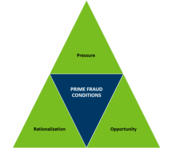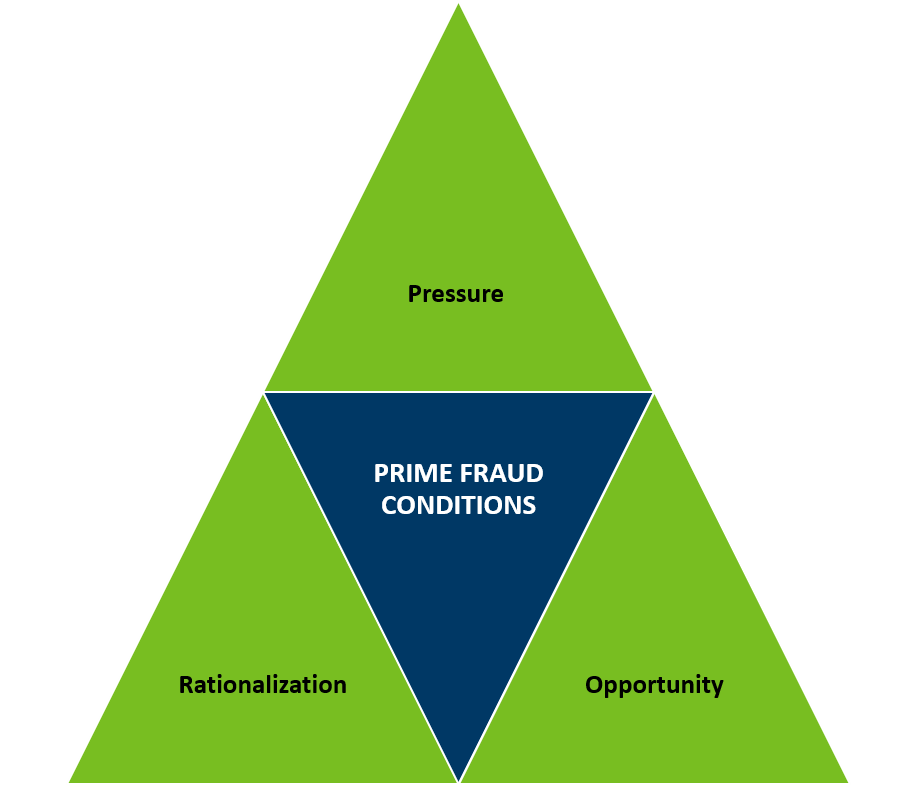
Yesterday’s Daily Fraud Fact pointed out government organizations are frequent targets and victims of fraud. If fraud occurs in our state government, all taxpayers, state employees, and state agencies feel the impact, in both financial and non-financial terms.
Asset misappropriation and corruption are the two most frequent types of occupational fraud committed against government agencies. Studies show the frequency and median loss of corruption schemes in government are higher than other private sector industries, occurring in 47% of all cases and leading to $400,000 median loss. Repercussions of government fraud can include:
- Loss of public funds and resources.
- Diversion of resources to investigate the causes of fraud and how to prevent future recurrence.
- Increased cost of government services.
- Increased fees and taxes.
- Less money available for government operations (e.g., employee pay increases, training and staff development, new technology).
- Significant expenses associated with the investigation, prosecution and incarceration of convicted fraudsters.
Beyond financial consequences, fraud can devastate an agency and its employees. Non-financial consequences of fraud can include:
- Negative news and bad publicity.
- Decreased confidence in public officials.
- Increased scrutiny and/or sanctions.
- Inability to meet organizational goals.
- Tarnished reputations.
- Low employee morale.
Detecting fraud
We have learned how preventing fraud and knowing where fraud can occur are vital aspects to reducing occurrences of fraud. Detecting fraud is also important and can be challenging, as the median duration of a government fraud scheme is 18 months!
Agency leadership can promote an anti-fraud culture by providing ongoing training opportunities in fraud prevention and detection. Employees are responsible for knowing common red flags of fraud and the three things needed for fraud to occur, as depicted on the fraud triangle.
Pressure – the motivation for committing fraud can be triggered by various things, which can include financial stress, possible addictions, or sudden health issues. One prime example is a gambling addiction.
Rationalization – the way the fraudster affirms their actions are justified, and can include the fraudster thinking they will pay back the money, feeling as though they are not being paid enough, or that nobody will know anything is missing.
Opportunity – the fraudster sees an opening, or an internal control weakness, and takes advantage of the situation. An agency can reduce the opportunity for fraud by strengthening internal controls. Opportunity is the only aspect of the fraud triangle an agency can control.
Common “red flags” for behavior of someone committing fraud are: Living beyond their means, unusually close association with a vendor or customer, financial difficulties, family problems or recent separation from spouse, control issues or unwillingness to share duties, and a general “wheeler-dealer” attitude.
Thank you for doing your part to prevent, detect, and report fraud in Minnesota State Government.
|